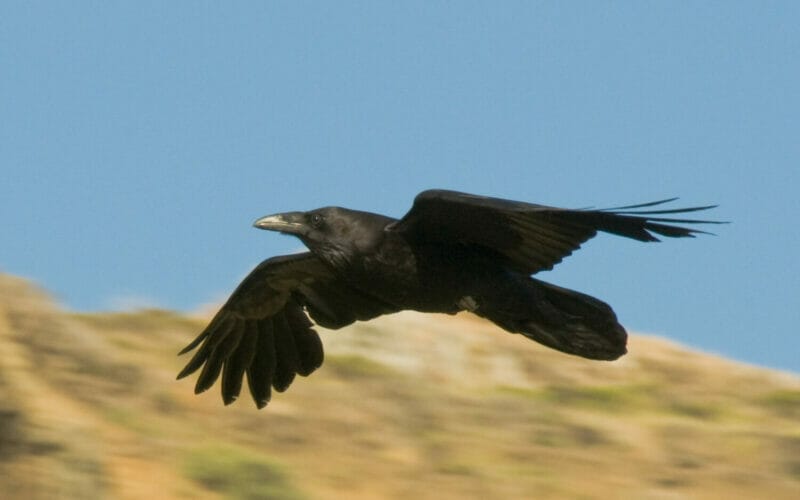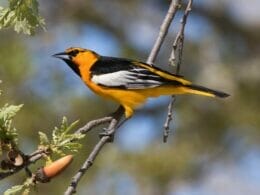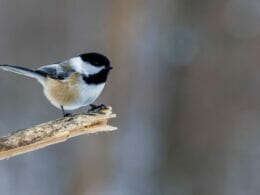The short answer is easy. Baby birds eat whatever their parents eat. However, it is actually a little more complex than that. Some birds change their diet during breeding time, baby birds may not be able to digest the food and some are creative about the method of delivery. In this post we will be breaking down how baby birds survive their crucial few weeks after hatching by asking what do baby birds eat?
Diet Specializations
Birds are very adapatable and while they usually have a preference in what they eat, most can and do change their diet when food is scarce or they are breeding. These are the categories and what is included in them :
- Avivorous – birds
- Carnivorous – animals
- Frugivorous – fruit
- Granivorous – seeds and grain
- Insectivorous – insects
- Mollusivorous – molluscs
- Mucivorous – sap
- Nectivorous – nectar
- Ophiophagous – snakes
- Palynivorous – pollen
- Piscivorous – fish
- Omnivorous – anything
When feeding young chicks, the parents need to provide a high protein diet and some birds will change from being granivorous to carnivorous to provide that. For example, the Red-breasted Nuthatch will feed on arthropods during breeding season and seeds during the rest of the year.
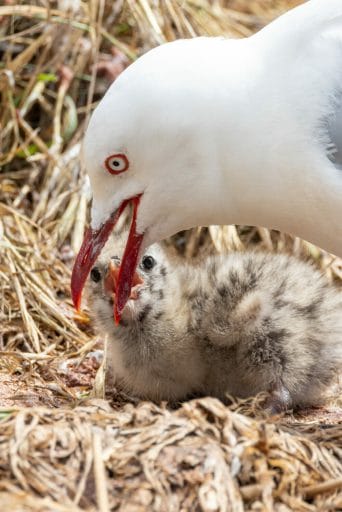
The Avian Digestive System
The demands on a bird during its lifetime are huge. From searching for food, migrating, courting, breeding, and raising young, a lot of energy is needed. Therefore, a good proportion of a bird’s day is spent looking for food. They have a range of abilities and methods that help them do that but once they have the food, they have no teeth to chew it ready for digestion. Mostly, food goes straight from the mouth to the stomach. Some birds, like pigeons, have a crop – a small pouch to store food before digestion later. All birds have a gizzard, which is the muscular part of the stomach where food is softened (sometimes with the aid of swallowed stones and grit), and ready for digesting. This is how birds like owls, who swallow their prey whole, get the nutrients they need and the waste is balled up and spat out.
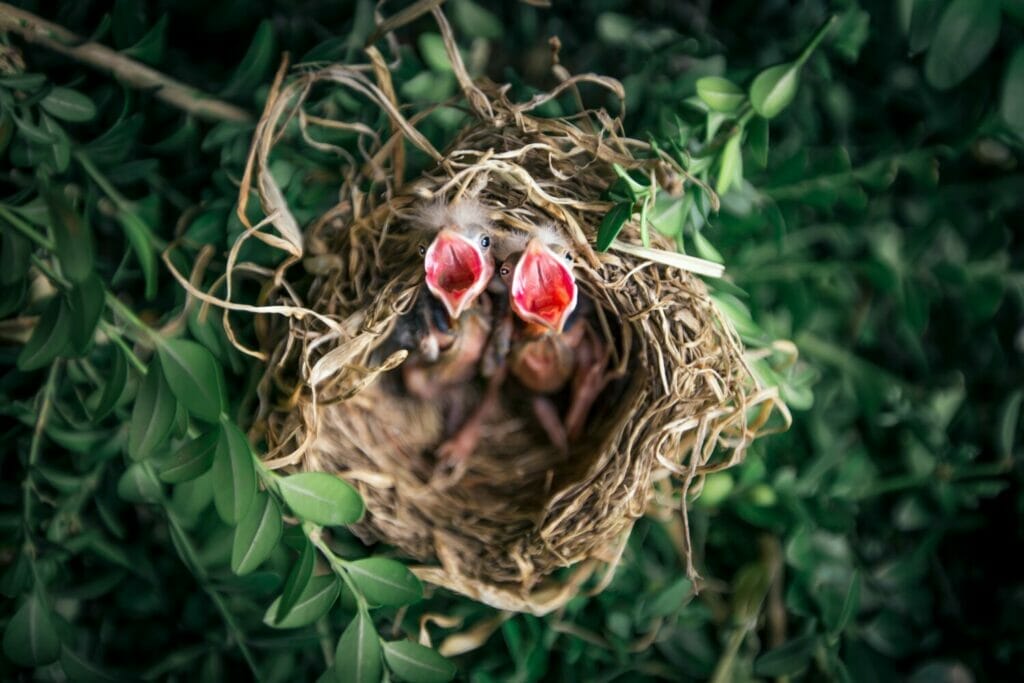
A Chick’s First Few Hours
Instead of a fully formed bill, unborn birds have an egg tooth which is just a sharp point that helps it break the seal of the egg and tear its way out. Most nesting birds are totally helpless once they have hatched, unable even to support themselves. They have one instinctive ability – to open their mouths and cry for food. They have a brightly colored gape (the soft lining around the mouth) and sometimes have marks inside the mouth. These help guide the parents to put the food in the right place. Competition starts immediately between chicks, with the loudest usually being fed first and the most. The weaker chicks are unlikely to survive.

As they grow, the chicks’ feeding demands are endless. With such little stomachs and a great need for sustenance to ensure their development, parents will be searching for food all day long. Anyone who watches feeding parents will know they return every 5 – 10 minutes with food. Even if one is full, the next chick will need food.
How are Baby Birds Fed?
The method of feeding depends on the species of bird and the type of food. Here are some examples:
Nesting Birds – parents will drop softened food (either naturally soft, bashed against a branch or chewed in the parent’s mouth) straight into the chick’s mouth. Some birds have a mobile nest, like grebes who carry the chicks around on their backs. There is no journey between catching the food and the delivery!
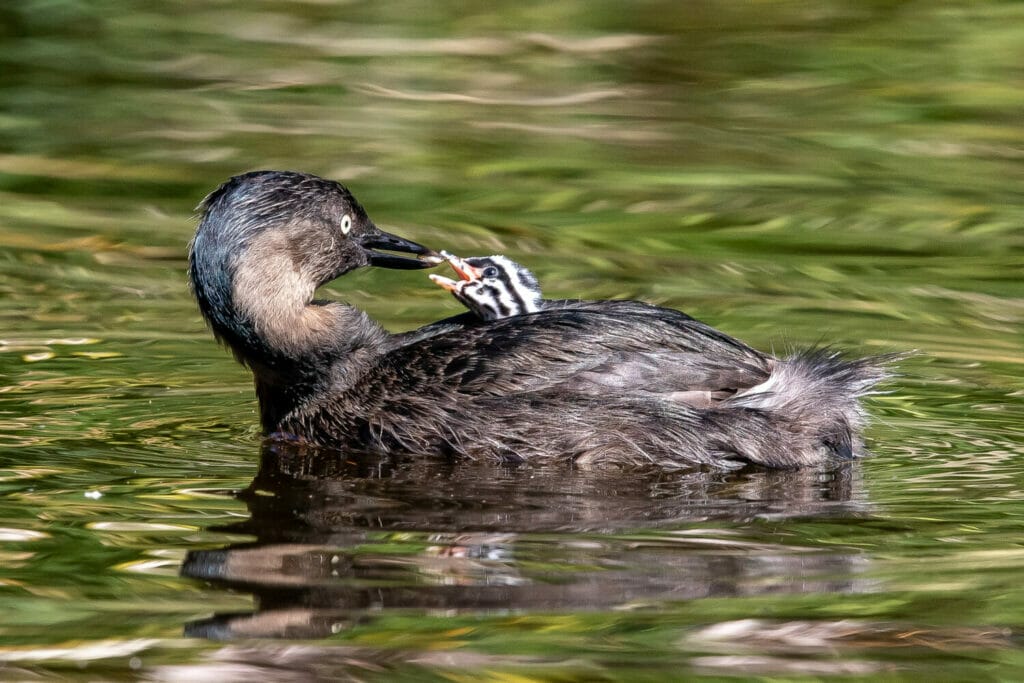
Regurgitators – a lot of birds will chew up and swallow food and then regurgitate it close to the chick or directly into the chick’s mouth. Some birds, like cormorants, feed by putting their whole head into the throat of the parent to access either whole fish or a partly digested slurry. These birds make a lot of noise because only persistant chicks will be allowed to do this. Again, weaker birds will struggle to survive.
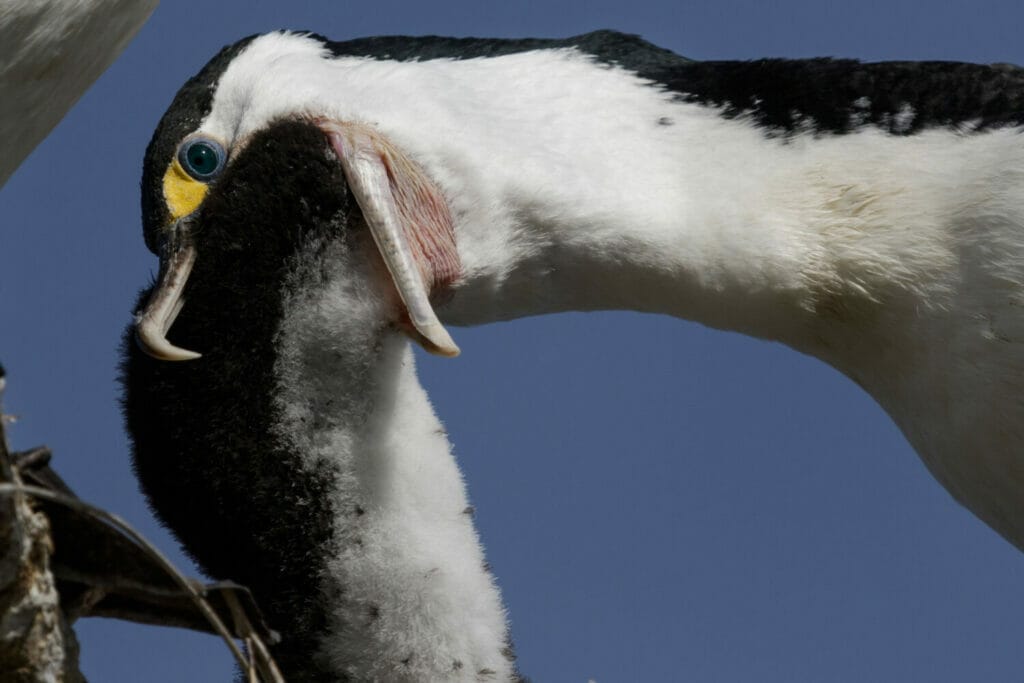
Crop Milk – a few bird species (pigeon, flamingo and Emperor Penguin) produce a milk-like substance in their crop to feed their chicks. This liquid is made up of fat, protein, carbohydrate and minerals.
Independant Chicks – there are some birds that are independant very quickly. Birds that hatch on the ground like shorebirds and quail will be moving about within a couple of hours and searching for food (under parental guidance and protection) shortly afterwards. Even in the harsh world of wildlife, this is remarkable.
Feeding Fledglings
Baby birds develop very quickly. I watched 3 plover hatch and within 20 minutes, they had dried out and their feathers were fluffing up, ready to leave the scrape. Even in the relative safety and warmth of a nest, chicks must grow fast in order to survive. After 5 or so days in the nest, young birds will be able to regulate their own heat, move about and most importantly, scream louder for food.
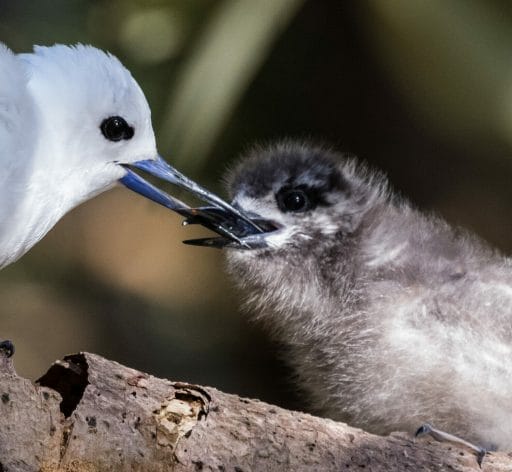
Generally, most young birds are ready to leave the nest (fledge) after a couple of weeks. They will start to move around outside of the nest and strengthen their wing muscles. Once out of the nest, they will be learning to find their own food. They do this by copying the parents and by instinct. Most likely they will continue to beg for food for as long as they can – well why not? It will be up to parents to show them the door, so to speak.
The cuckoo lays its eggs in a host nest and it will either remove the existing eggs or the new born chick will push them out. Often the cuckoo species is much larger than the host. The new ‘parents’ do not recognize the chick as anything other than their own and they will run themselves to exhaustion feeding a quickly growing chick.
Several species change their diet from plant based to insectivorous or carnviorous when they have hatchlings. This is to ensure that the chicks will get enough protein. Nuthatches and warblers are known for doing this.
Baby birds have markings in and around their mouths so that the parent is attracted to them to drop food. The babies open their mouths as wide as possible so that these markings can be seen and the parents have the best chance to get the food in.
It really depends on the species of bird and the age of the chicks. It is likely that parents will be returning to a nest of hatchlings every few minutes. This is because, even if one baby doesn’t need to be fed for another 30 minutes, there will be others that do!

So, the answer to the question what do baby birds eat? Is relatively simple with the answer being whatever the parents eat. However, there are lots of other factors in play here that will determine the details:
- ensuring a high protein diet
- providing suitable food texture for the chicks to digest
- competition amongst siblings
- different environments like nests, ground scrapes, water etc
- method of delivery like regurgitation, crop milk etc
FAQ
You shouldn’t, basically. If you find a baby bird on the ground, move it somewhere close that is in the shade. If it has fallen from the nest, the parents will be close by. If you think it has been abandoned, ring your local wildlife organisation for help.
No. Baby birds do not get fed water from their parents so you shouldn’t give it to them either.
One of the first things baby birds learn is to call for food. When they know a parent is near, they will call for food and open their mouths as wide as possible to beg.






